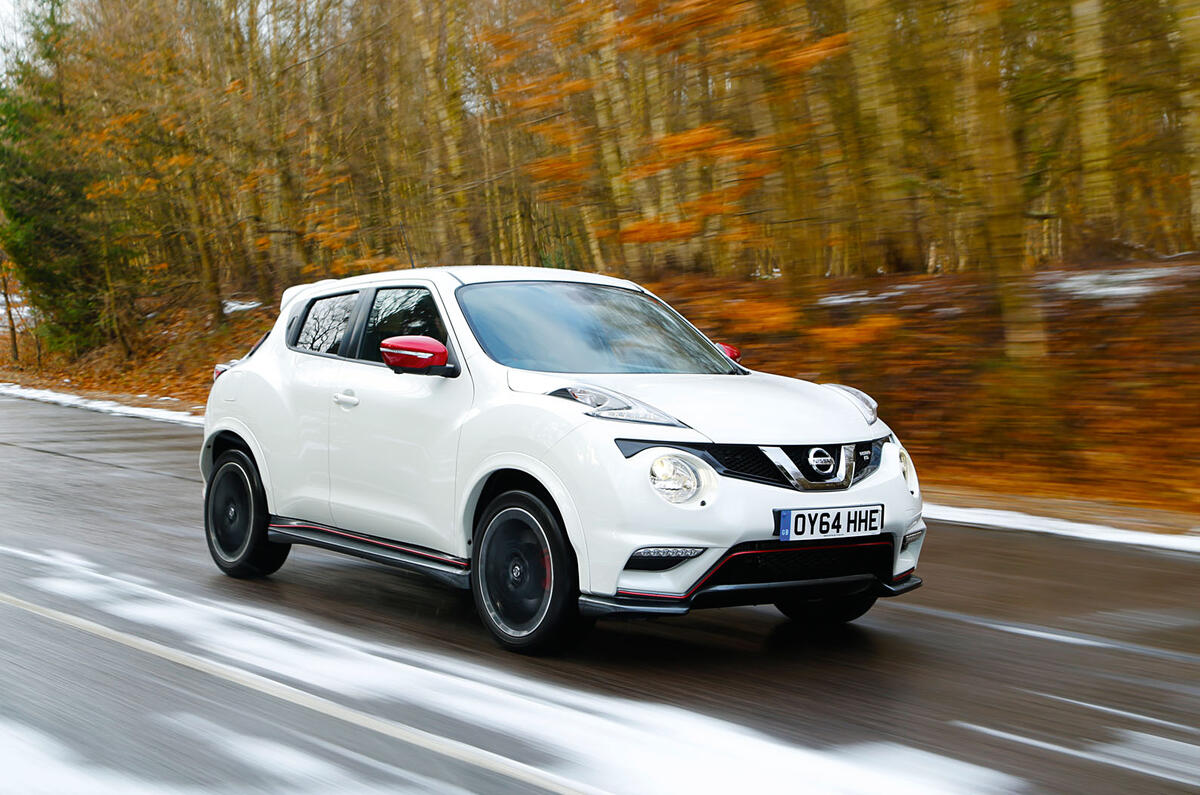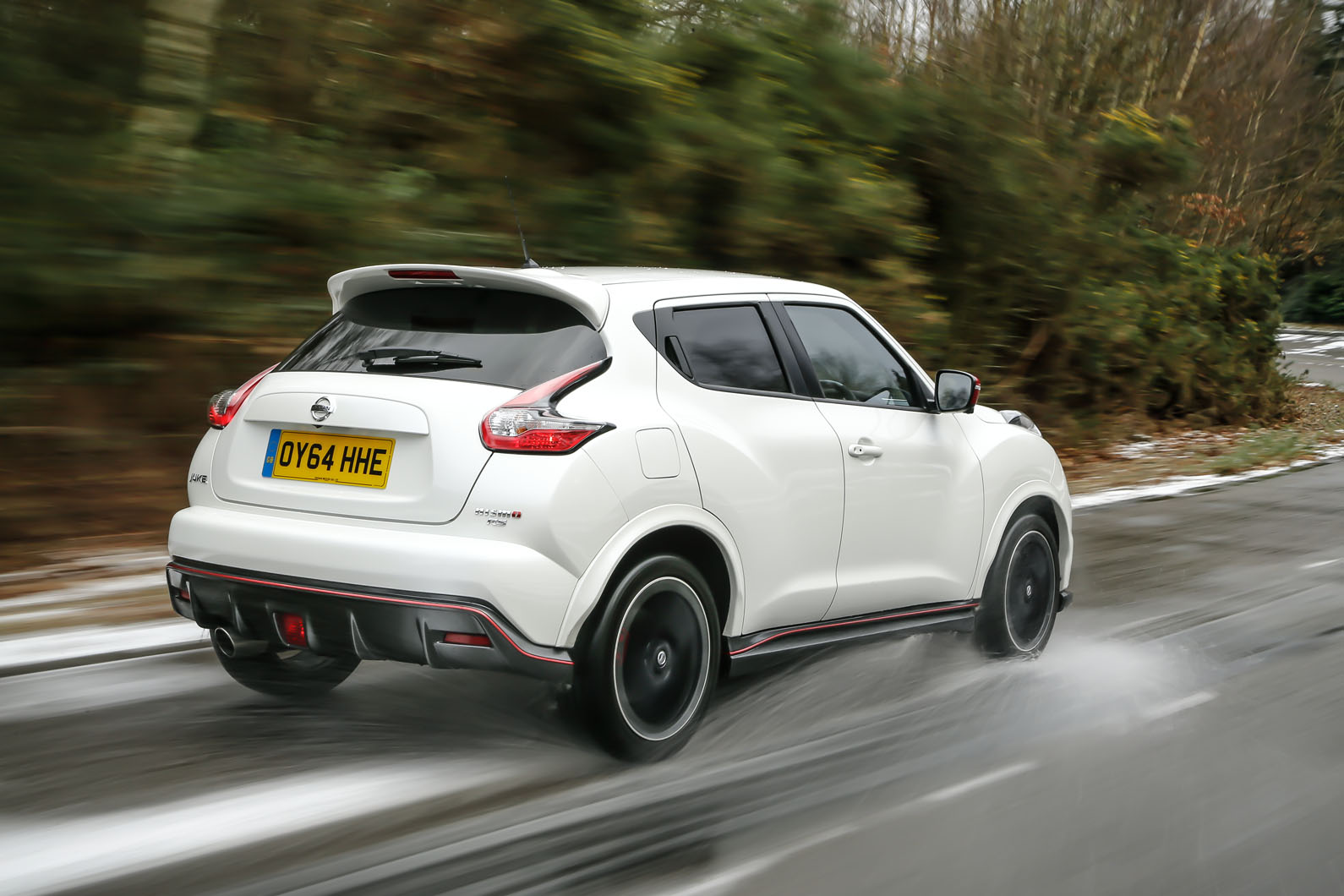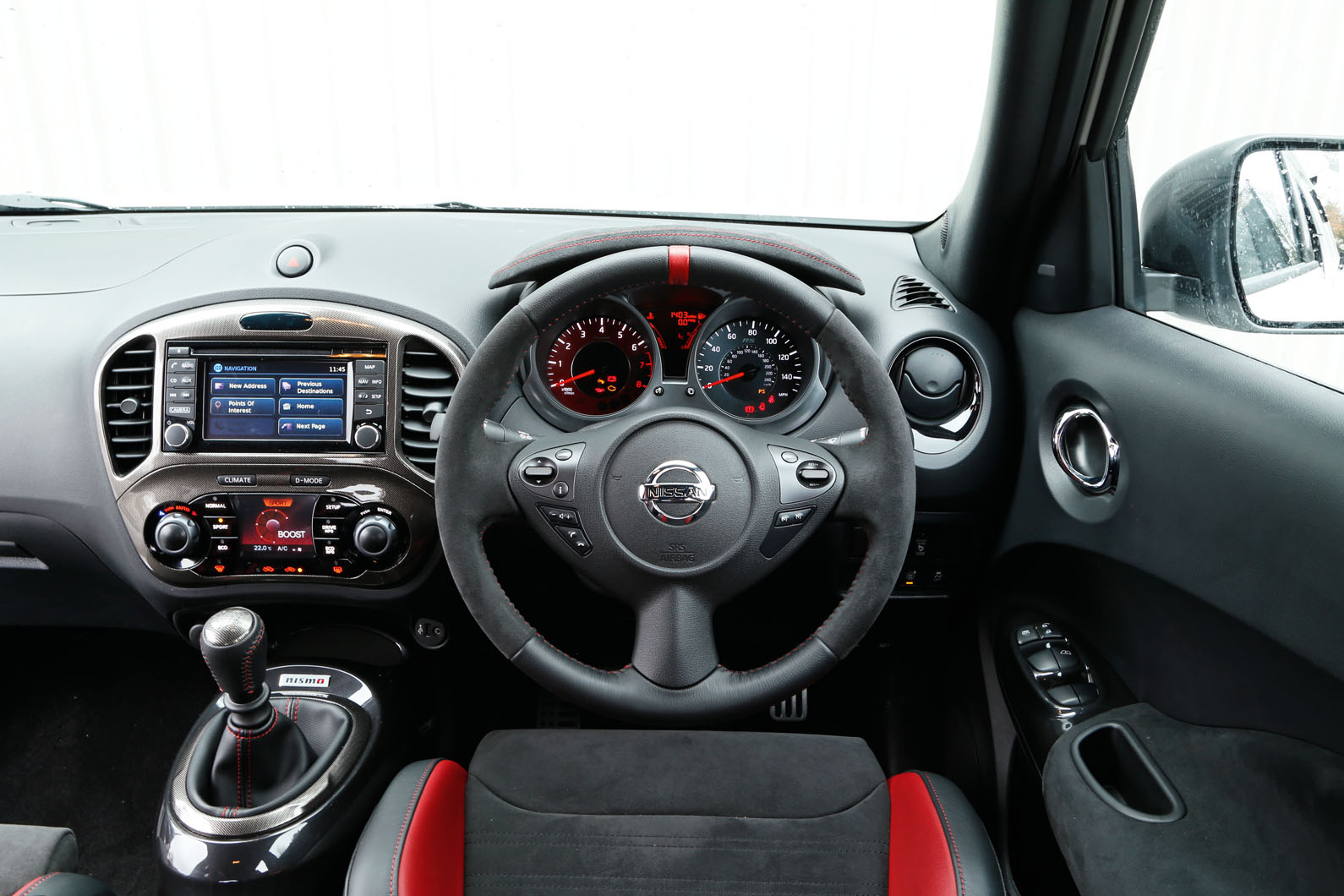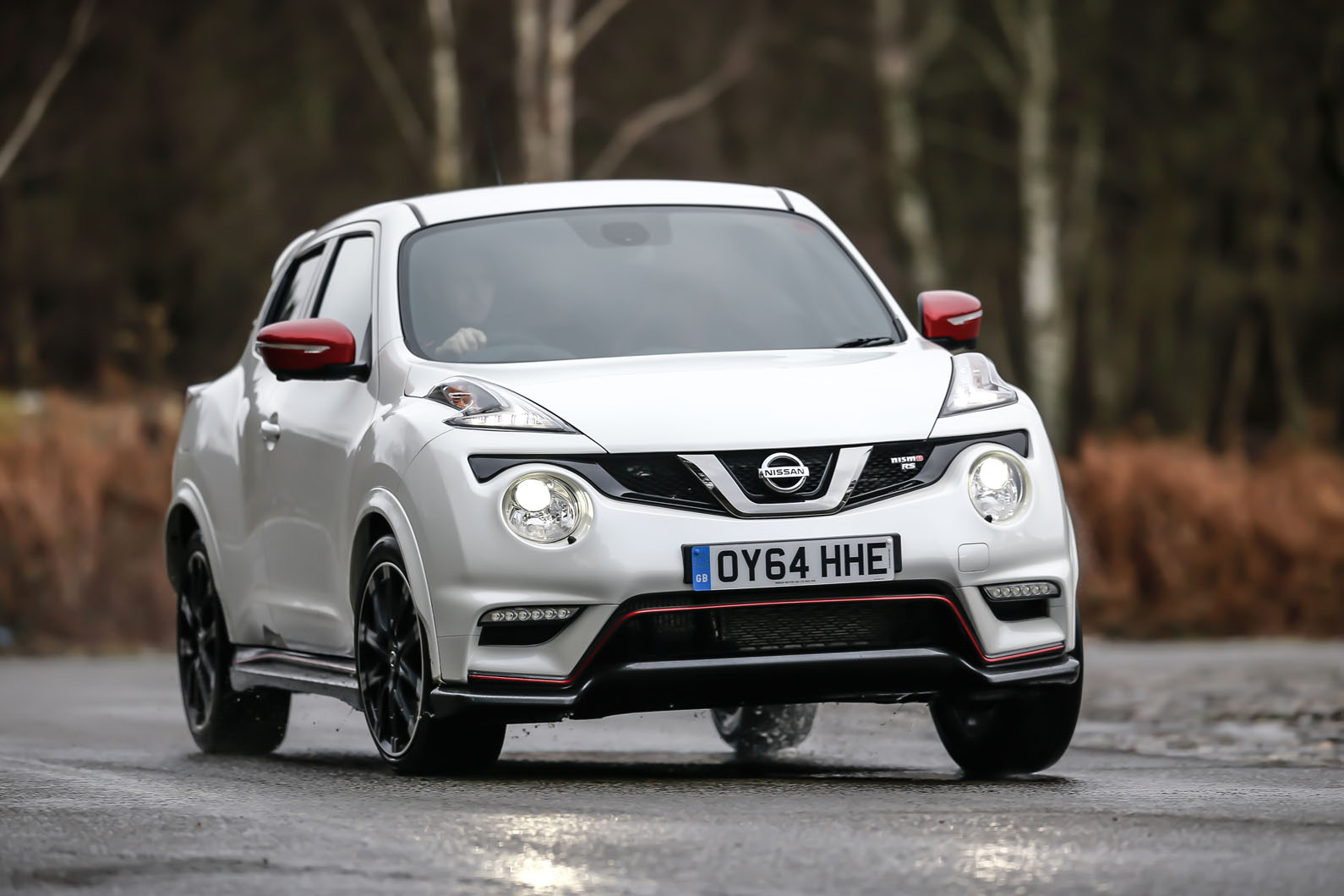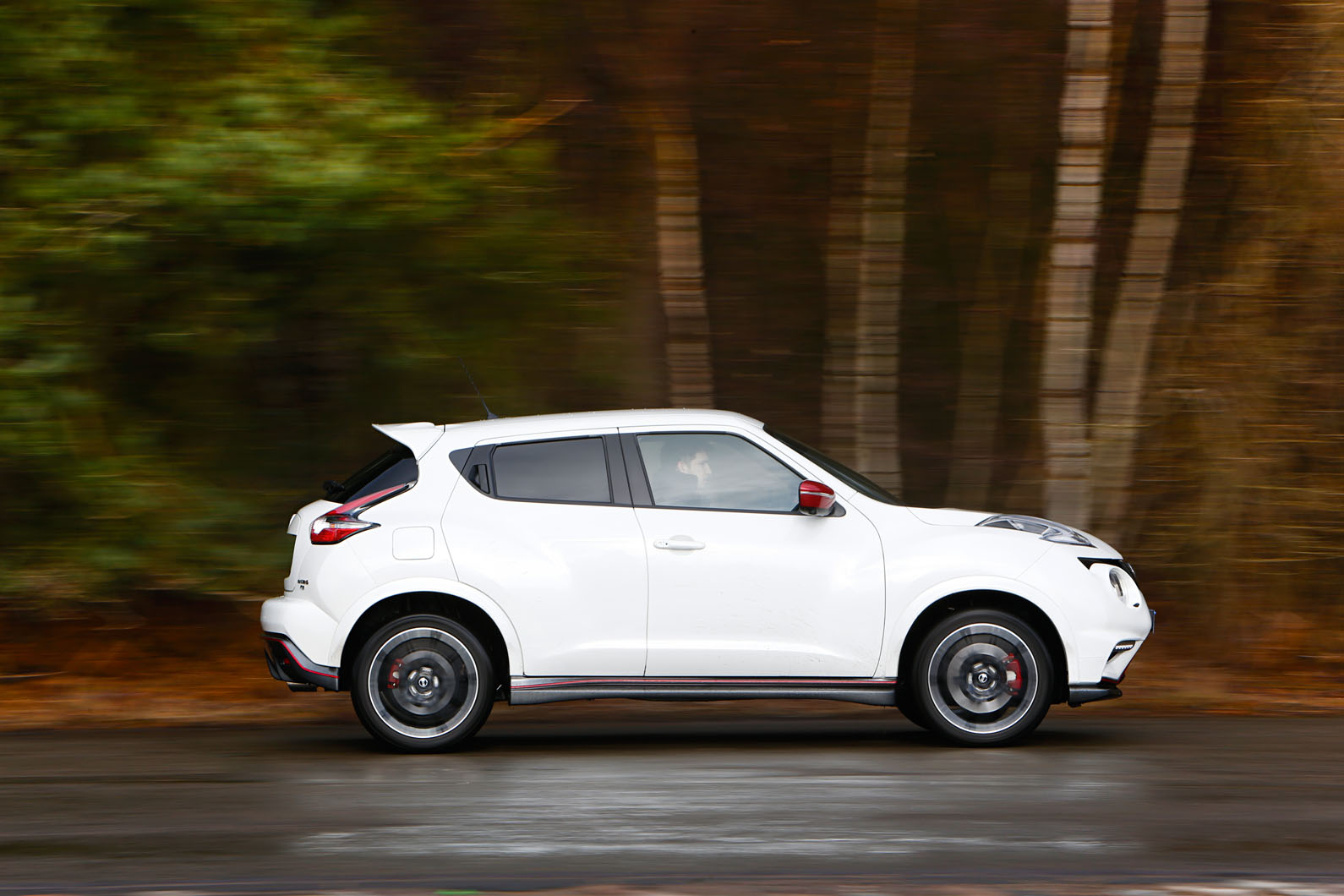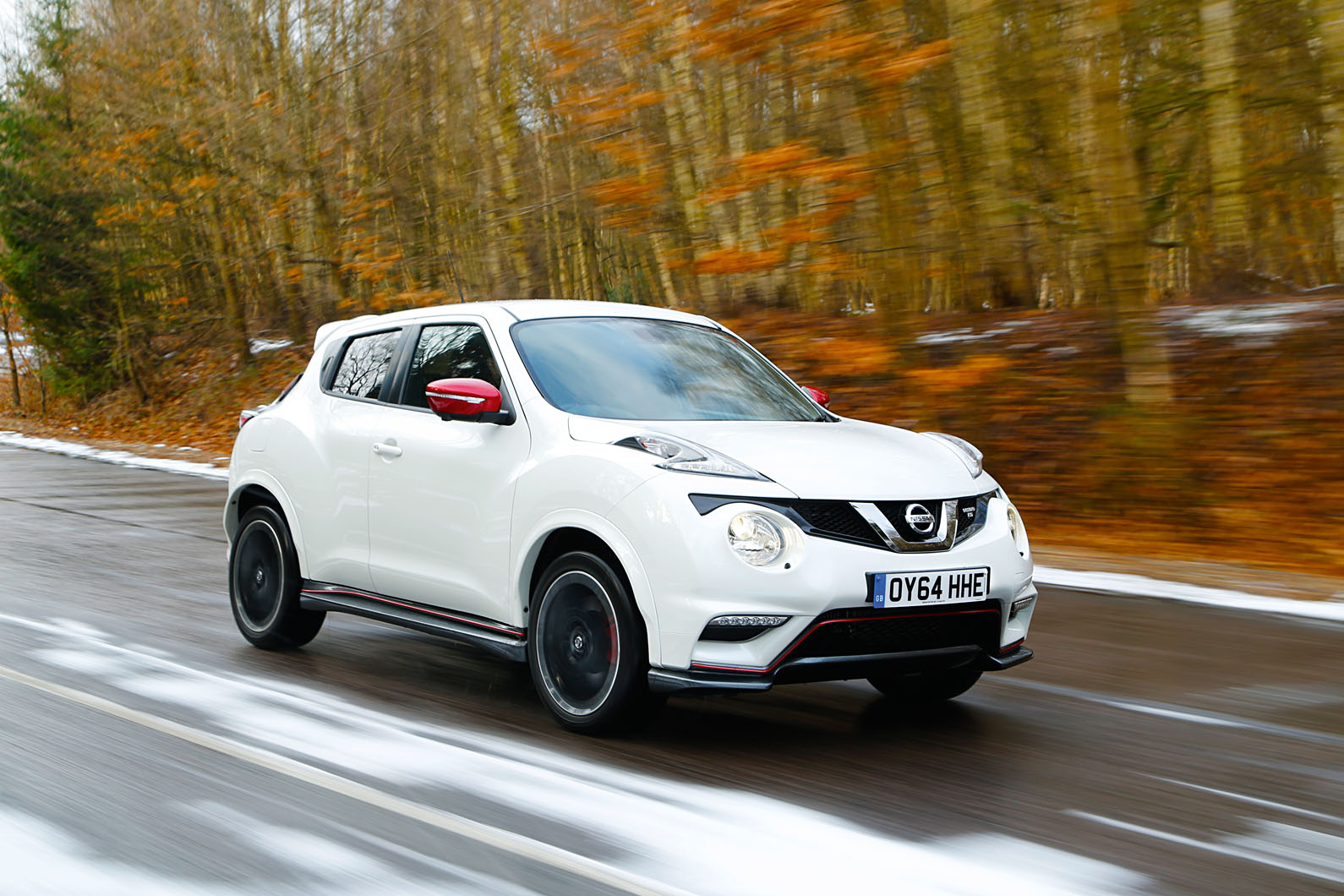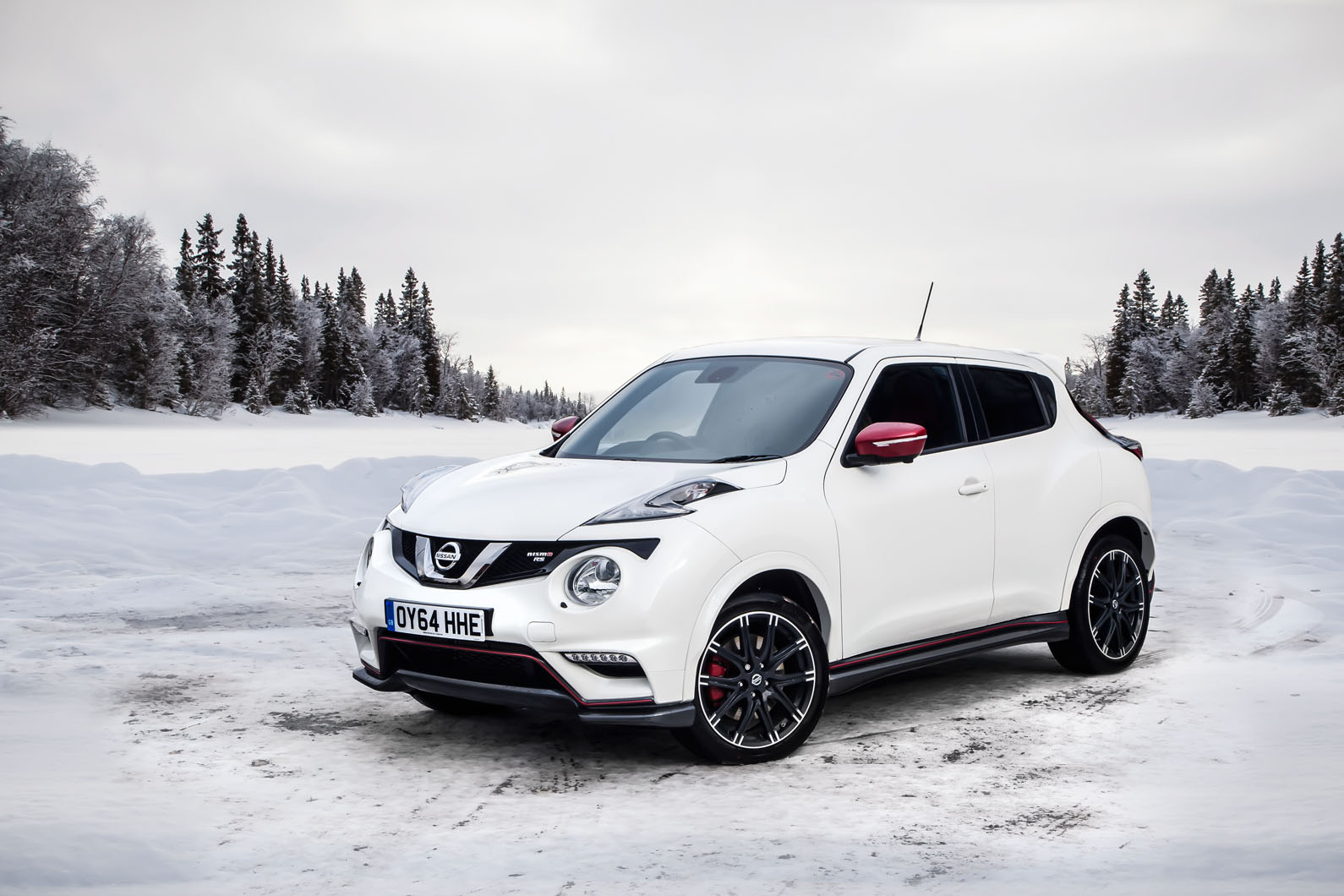The Nissan Juke was made by – and for – people with a healthy disdain for convention.
Five years after its launch and following a significant facelift, this car remains the most daring and esoteric in the class that it founded. That’s no small achievement.
Drive a Juke for any length of time and you’ll conclude that it doesn’t exist to be practical, comfortable or dual-purpose capable, nor particularly stylish or sporty. It exists to be different, visually characterful and little more.
And while the Juke’s direct rivals have filtered into their variously more straightforward roles on the periphery of the class, the Nissan's identity has only become clearer. Most who buy a Juke probably wouldn’t feel the need to explain themselves in any more complicated way than by saying “I fancied one”. It’s what marketing departments like to call ‘emotional appeal’.
Furthermore, ‘emotional’ cars are the ones that lend themselves best to performance makeovers, because they’re that little bit more exciting from the word go. An engineer might disagree, but in most modern car companies engineers do what they’re told – usually by designers, marketeers or corporate strategists.
That is how it came to pass that, in 2013, Nissan introduced its new factory performance brand to the UK with the Juke Nismo. This performance crossover was a punt – but quite a clever one. A likeable enough thing so long as it wasn’t taken or driven too seriously, it was pitched at the more usability-minded end of the hot hatch market. It has proved popular, accounting for three per cent of the Juke’s 130,000-unit annual European production volume.



